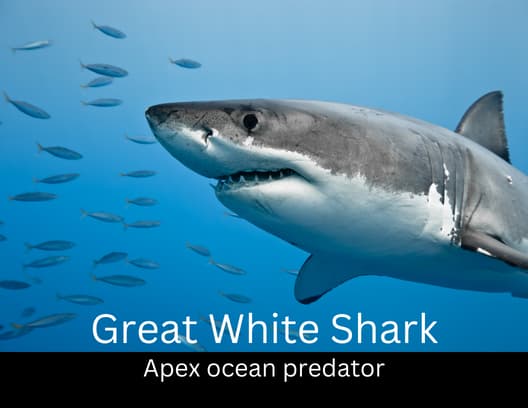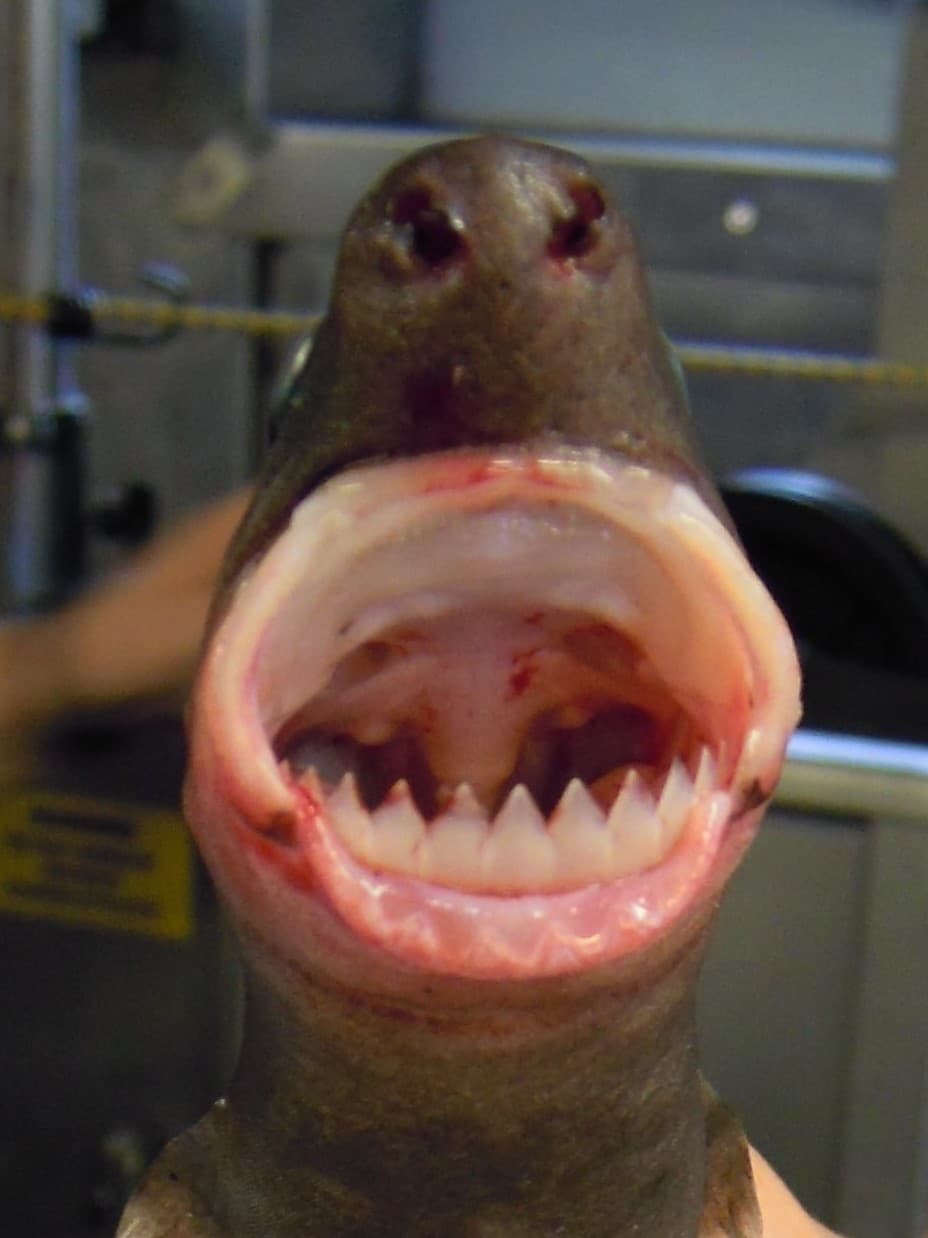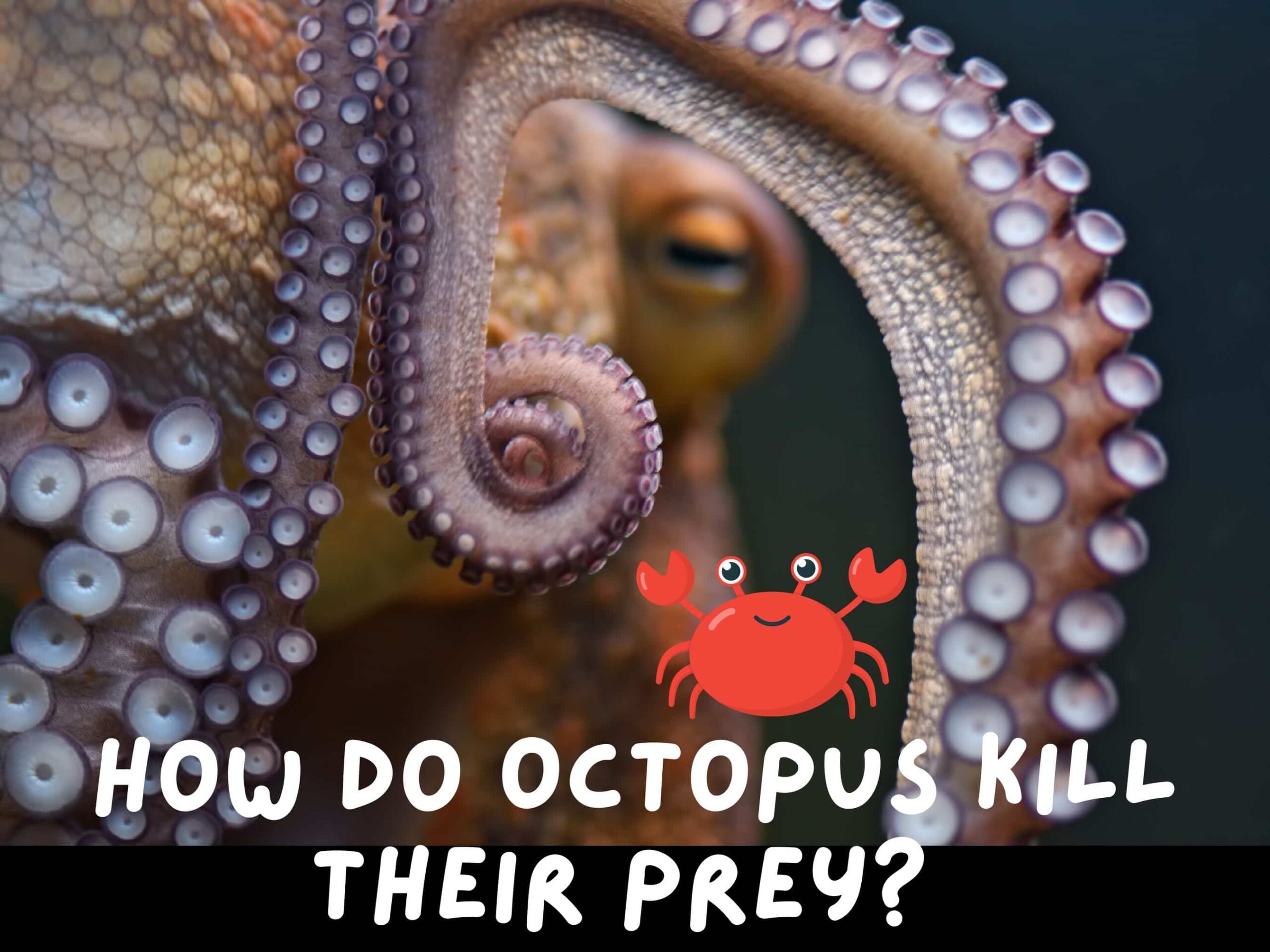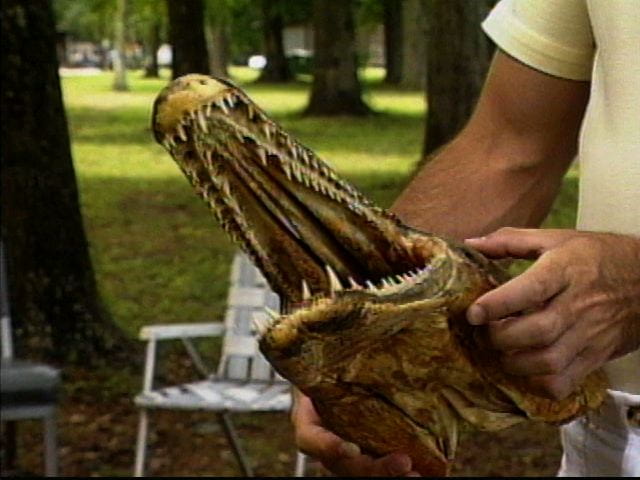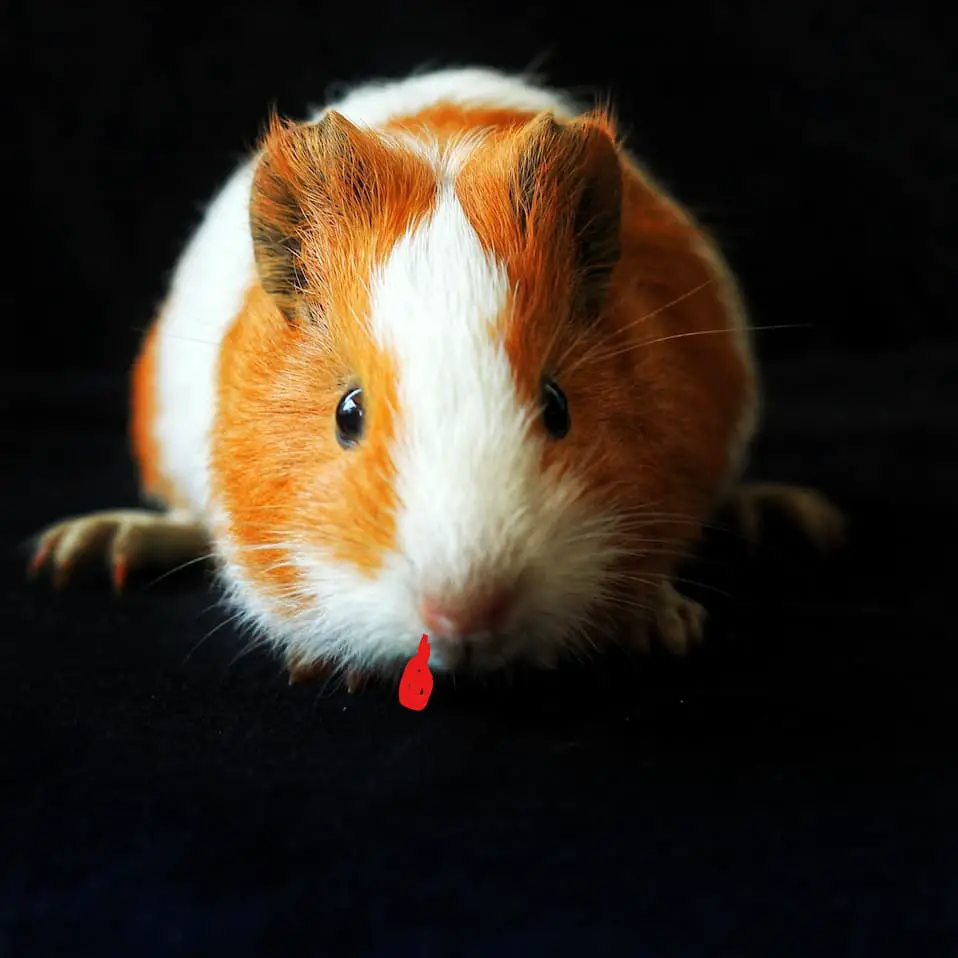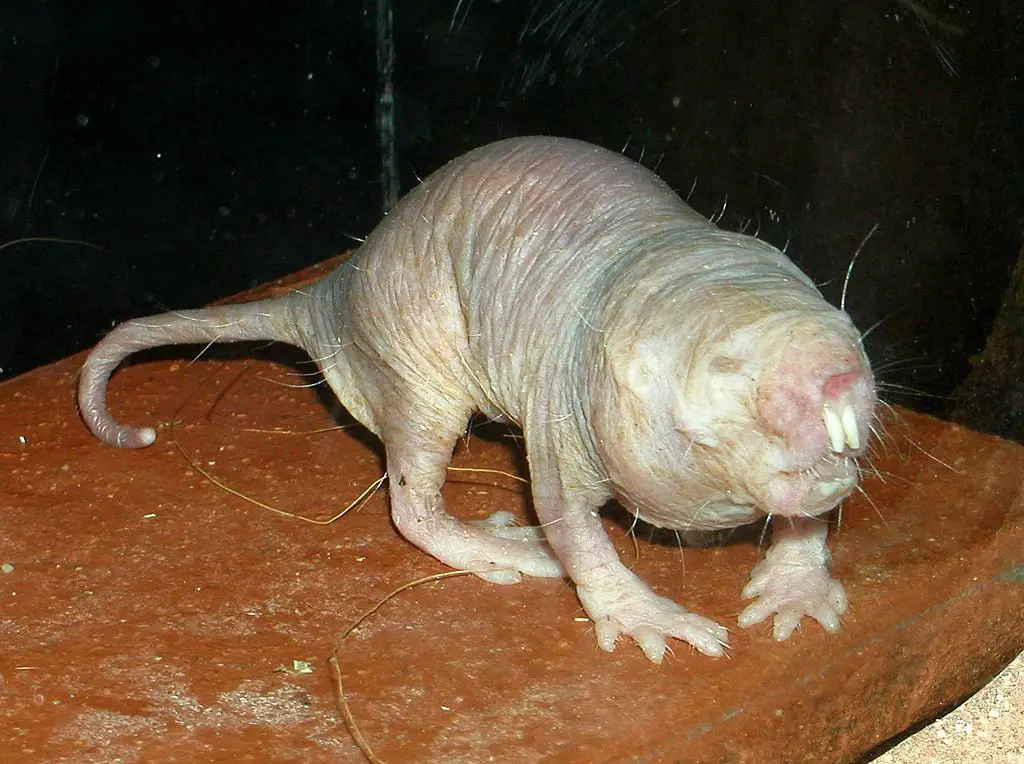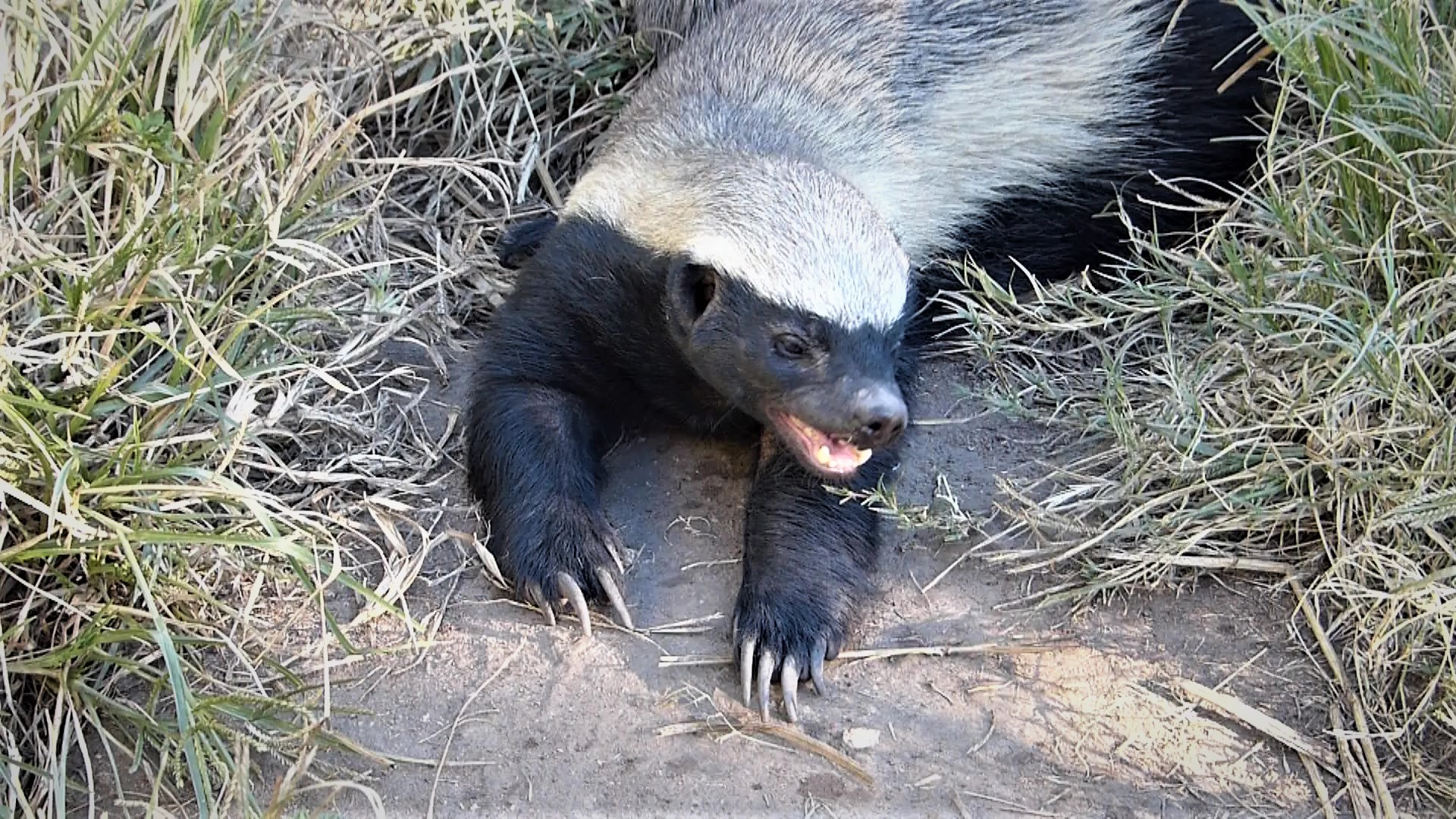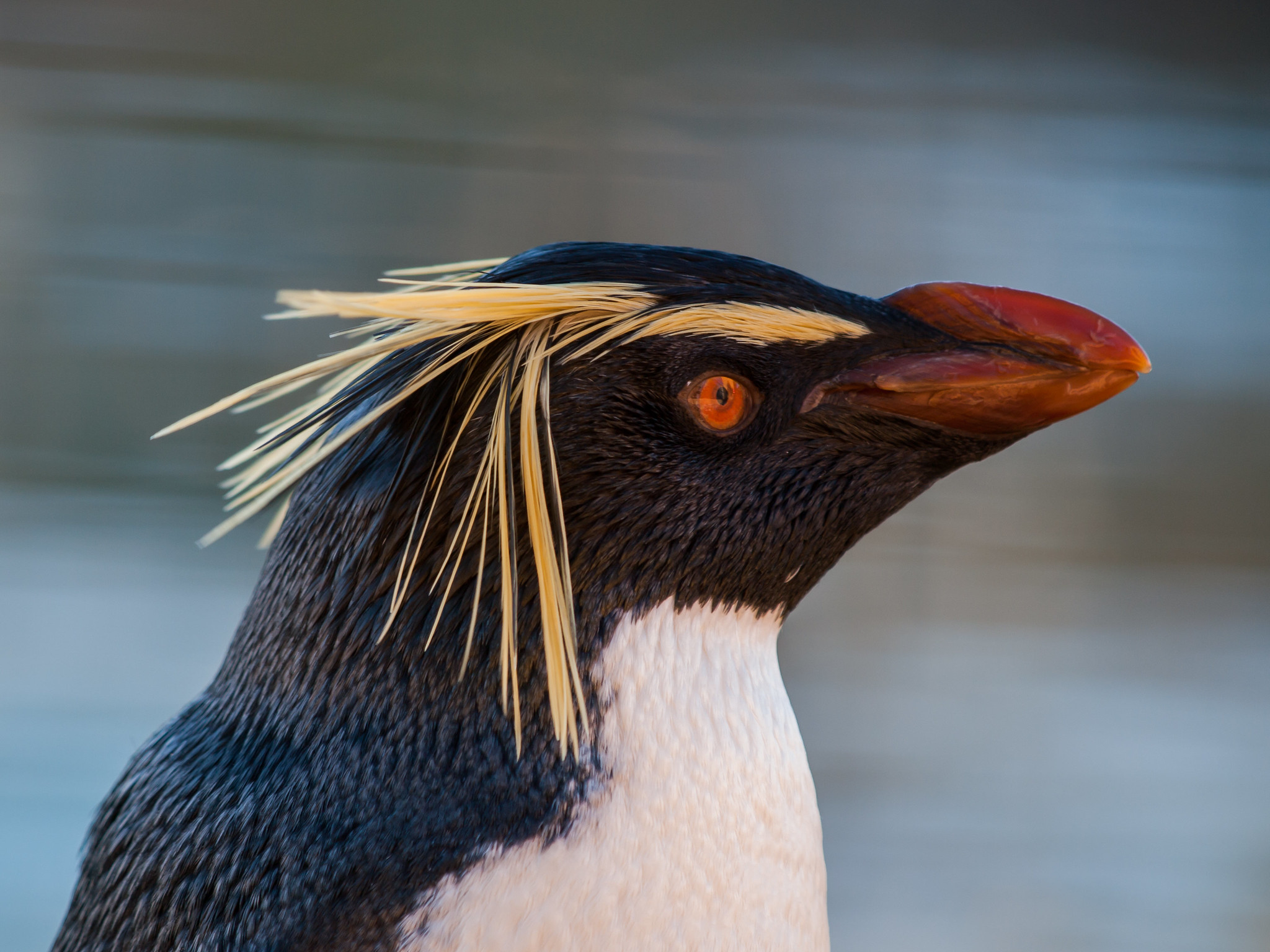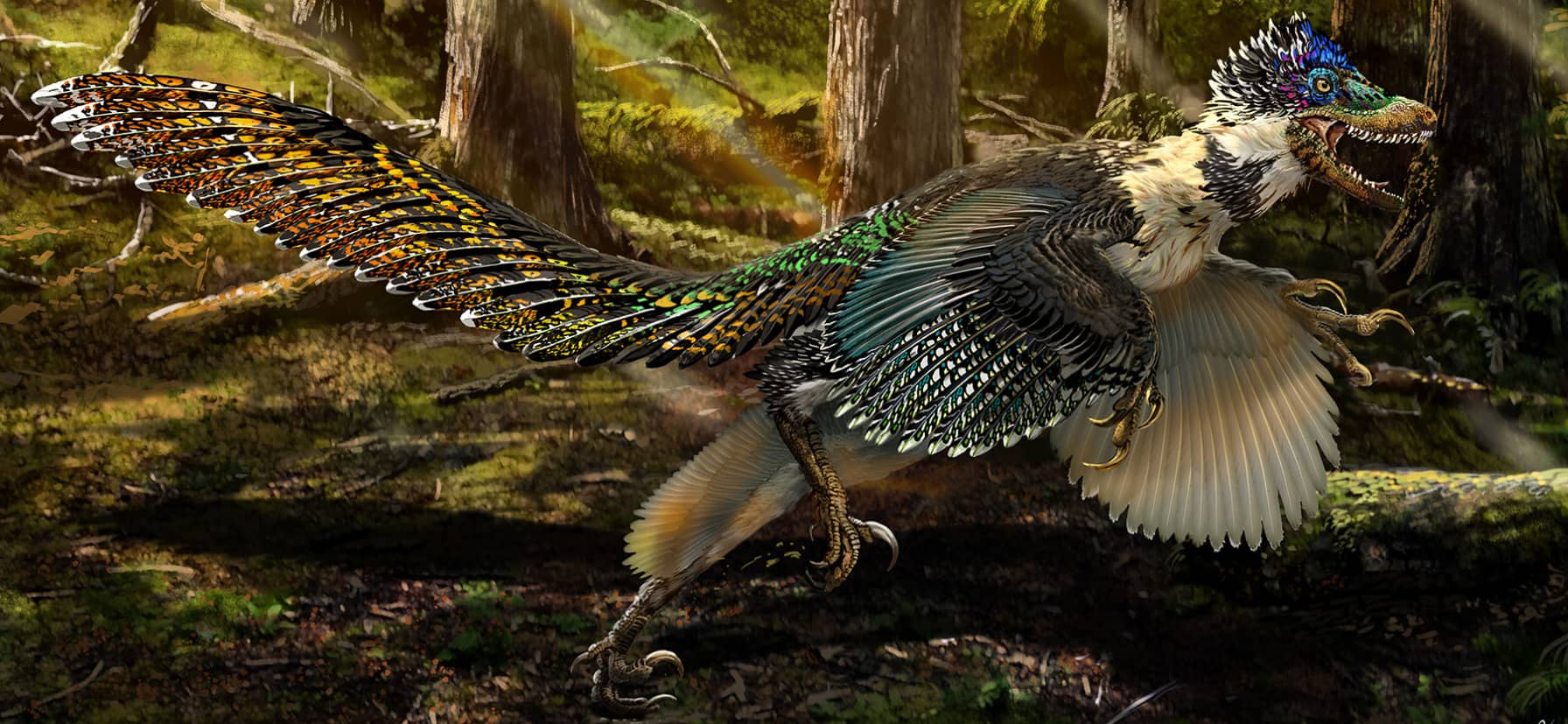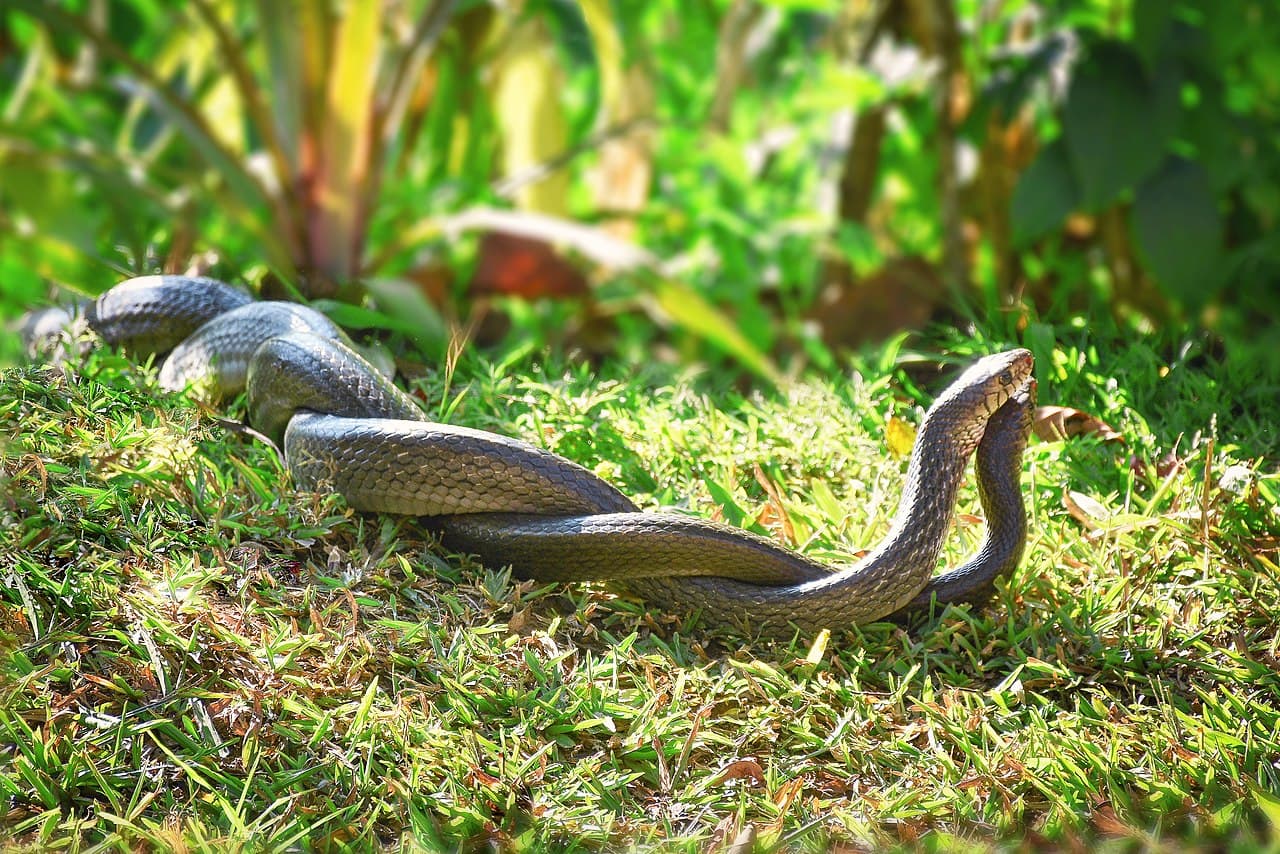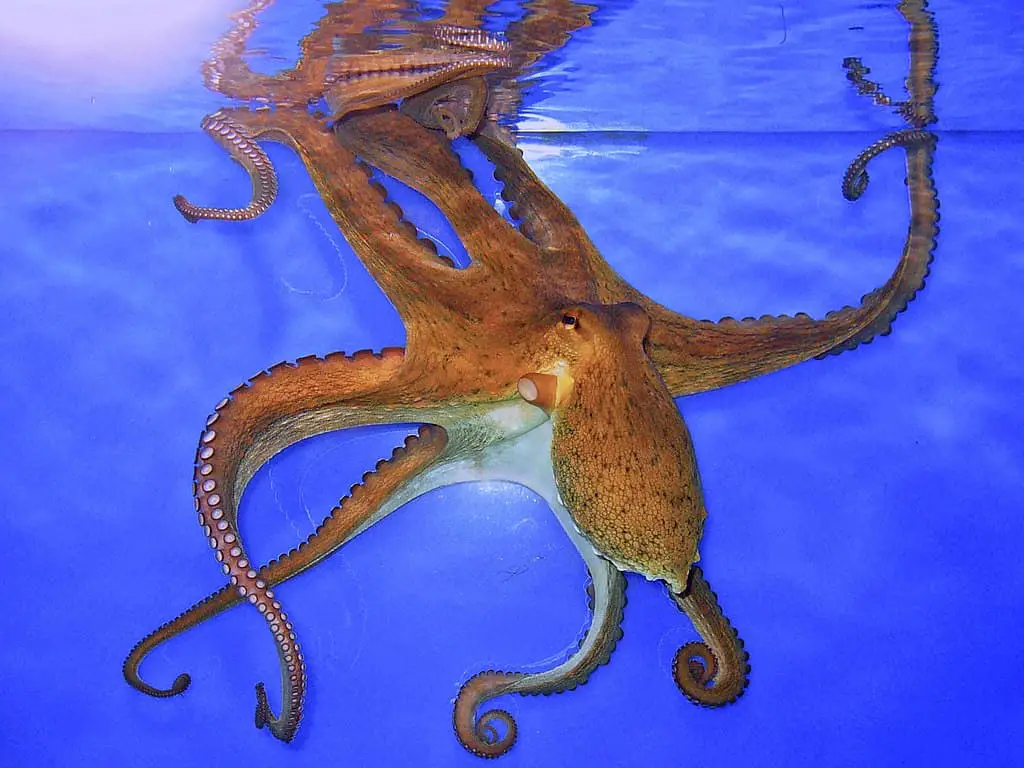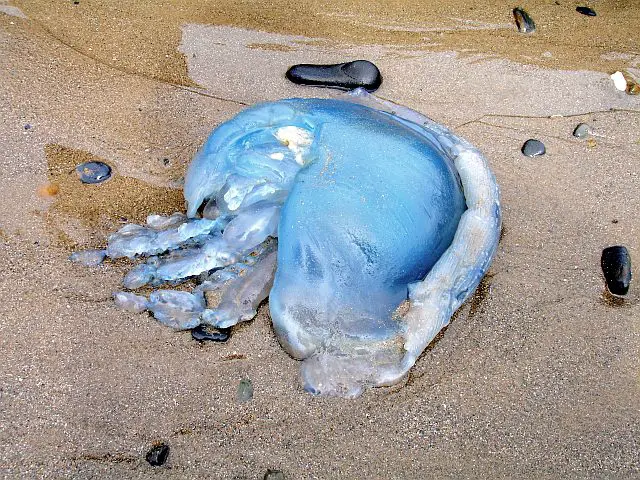The Biggest Great White Shark Ever Recorded: Facts about Size and Weight
Gargantuan Sharks: Their Size and Weight Might Surprise You! The largest great white shark ever recorded was a massive 20-foot (6.1 meters) long beast. This colossal creature was caught off the coast of Canada in 1988 and weighed an astonishing 4,200 pounds (1,905 kilograms). Read on for more about this shark and other massive great … Read more

